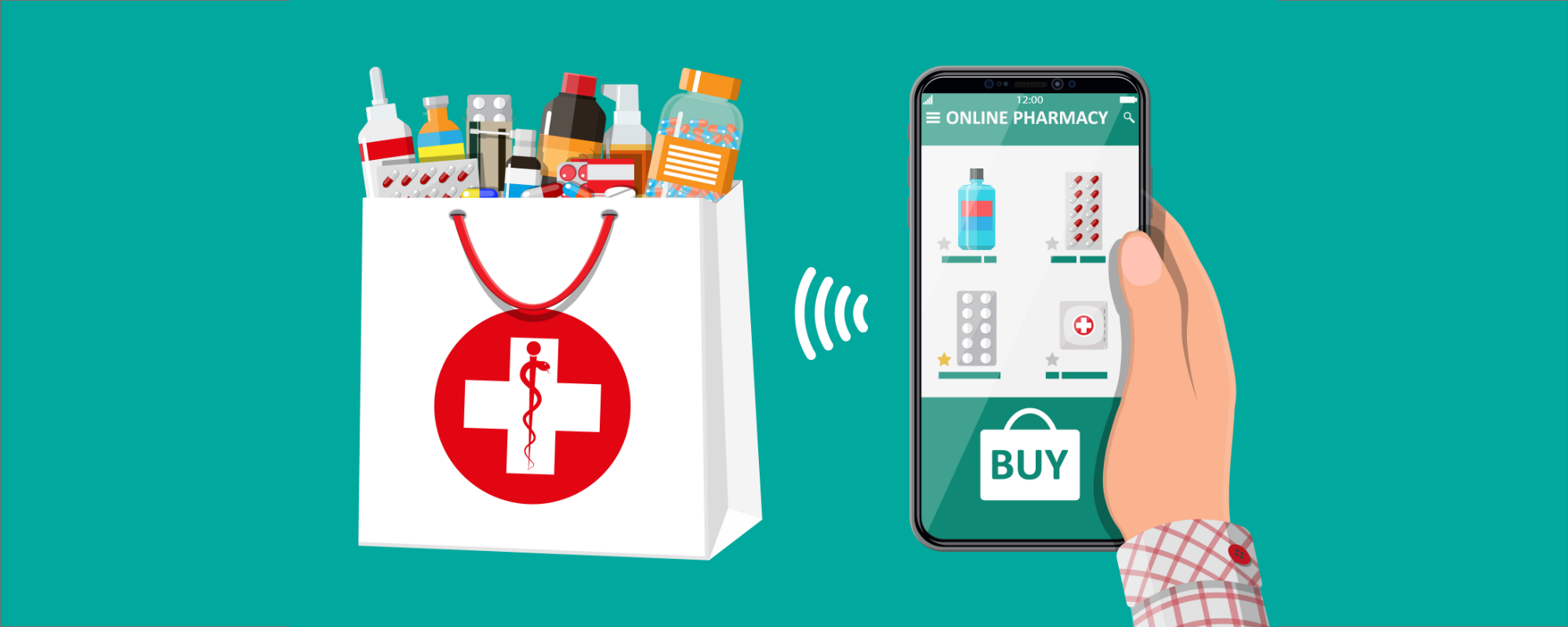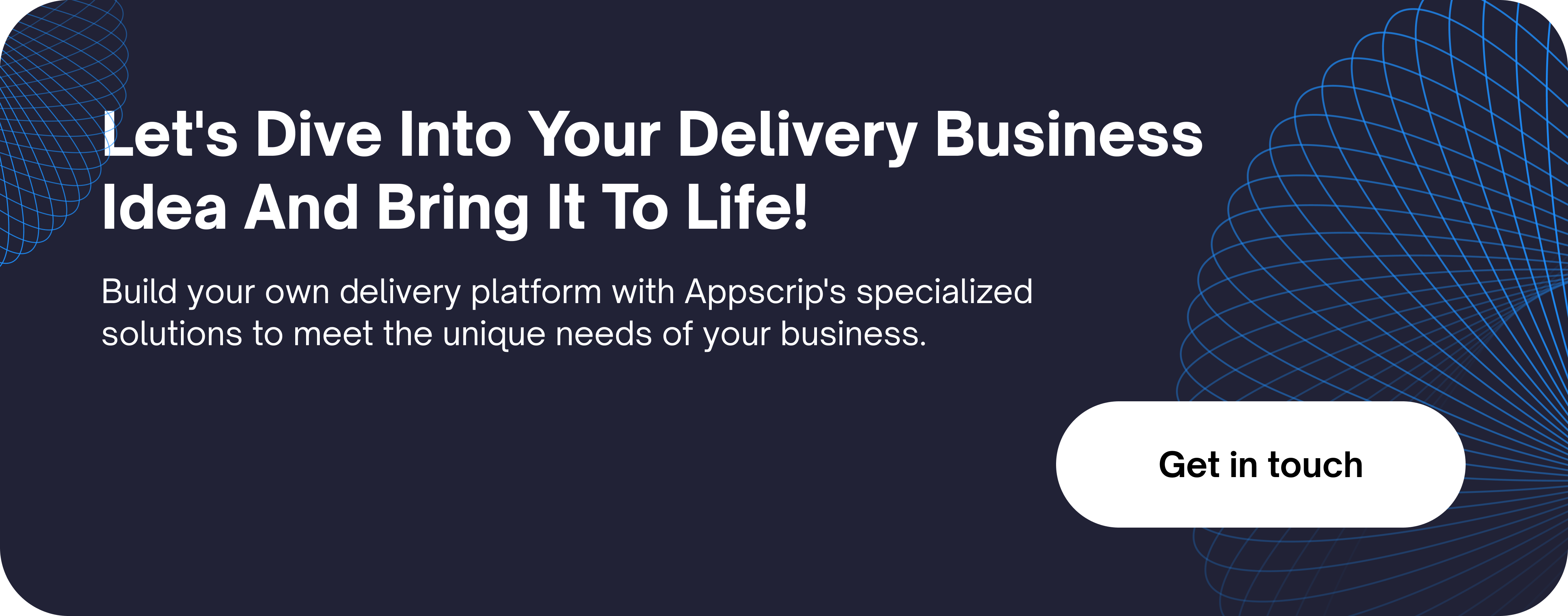To create a successful medicine delivery app, it is crucial to have a comprehensive grasp of the cost, timeline, and technology stack involved. With deep insights acquired thorough global research and industry engagement, we present a concise guide to estimating the cost to build a medicine delivery app in 2023.
Pricing & Timeline
When evaluating the cost to build a medicine delivery app, it’s important to take into account the geographical location of your development team. Here are estimated cost and timeline figures based on our research:
Custom App Development
| Country/Region | Pricing | Timeline |
| USA | 70-120K USD | 6-8 Months |
| Ukraine | 50-100K USD | 5-9 Months |
| Vietnam | 30-50K USD | 6-12 Months |
| India | 15-30K USD | 4-8 Months |
Clone Apps
Clone app development services offer a range of options at different price points, typically falling within the range of $2000 to $20000 USD. The final cost depends on factors such as the chosen features and technology stack. The development timeline for a clone app usually spans between 1 to 2 months, considering the need for a stable and reliable end product.
| Price Range | Launch Timeline |
| 2000-20000 USD | 1-2 Months |
Clone App vs Custom App Development
| Feature | Clone App | Custom App |
| Cost | Relatively lower cost | Higher cost |
| Tech Stack | Clone apps may lack support for modern technologies like Kubernetes, Docker, etc. | Custom apps can incorporate modern tech seamlessly, including support for Kubernetes, Docker, and more |
| Time To Market | Quick deployment due to the existing framework | Longer development time |
| Maintenance & Support | Clone apps typically focus on selling the product, with limited post-sales support | Custom apps often provide comprehensive post-sales support and assistance |
| Code Quality | Code in clone apps might exhibit lower quality, with limited readability and documentation | Custom apps are built with a focus on code quality, readability, and extensive documentation |
| Scalability | Clone apps may have limitations in terms of scalability due to their design choices | Custom apps are designed to be scalable and can handle growing demands efficiently |
Different Business Models for Online Medicine Delivery Apps
Here are some business models you can consider for your medicine delivery business:
- Local Store-based Medicine Delivery App: Expand local pharmacies’ reach beyond geographical boundaries by allowing users to upload prescriptions, order medicines, and receive doorstep delivery.
- Direct Delivery App without Middlemen: Take full control of operational functions by eliminating intermediaries, providing a personalized and efficient customer experience.
- Aggregator-based Medicine Delivery App: Connect users to a network of nearby pharmacies, offering a wide range of medicines without the need for individual pharmacies to maintain large inventories.
Essential Tech Stack for a Medicine Delivery App
Remember to evaluate the specific needs of your project and consider factors like scalability, security, and compatibility when selecting your tech stack.
| Category | Technology |
| Back-End and Web Services | APIs: Node.js (HAPI Framework), Python (Django Framework), GoLang |
| Web Apps | HTML, JavaScript, Angular 8.0 JS (for the Web Dispatchers), React JS (for Customer website) |
| Frameworks | HAPI for Node.js API, Django for Python API’s, Next.JS for progressive web application |
| Server OS | Linux – Ubuntu Distribution |
| Database | Deployment via Docker + K8 |
| GRPC | Used for communicating between microservices |
| Analytics Engine | Apache Spark |
| Message Protocols | AMQP and Kafka (internal job queues), MQTT (high-speed message queue for real-time communication) |
| Hosting | AWS/Digital Ocean |
| Project Management | Jira, Slack, Trello |
| Security | SSL API’s, 128-bit AES encryption for critical data, MD5 encryption for passwords, Reverse Proxy |
| DevOps | Circle CI for Continuous Integration and Continuous Deployment |
| Email Service | Mailgun/Sendgrid |
| Version Control | Bitbucket |
| Scale | Docker for vertical and horizontal scaling, replica sets for DB redundancy, DB sharding for scalability |
| Architecture | Microservice architecture for better resource management |
| Testing | Load testing via Postman Load Runner and JMeter, API testing via Mocha and Chai scripting |
| App Monitoring | Proprietary tool for real-time monitoring of Node.js and MongoDB with alerts on Slack, time series data visualization tool for past data |
| Mobile Applications | iOS App: Swift 5 and Rx Swift, Android App: Java and Rx Java |
| Framework | Android Studio (for Android) and Xcode (for iOS) |
| Platform Environment | Linux (Android), iOS for iPhone |
Please note that the options mentioned in each category are examples of what we feel is a good tech stack, there are other alternatives available as well.
Conclusion
Developing a successful medicine delivery app requires careful consideration of factors such as cost, timeline, and technology stack. Whether choosing a clone app or custom app development, it’s important to evaluate the trade-offs and select an approach that aligns with the specific project requirements. The choice of tech stack should be based on factors like backend options, microservices architecture, and integration of essential features.
Partnering with a reliable tech provider is crucial for a successful app launch. By making informed decisions and prioritizing user needs, you can create a high-quality medicine delivery app that stands out in the market













